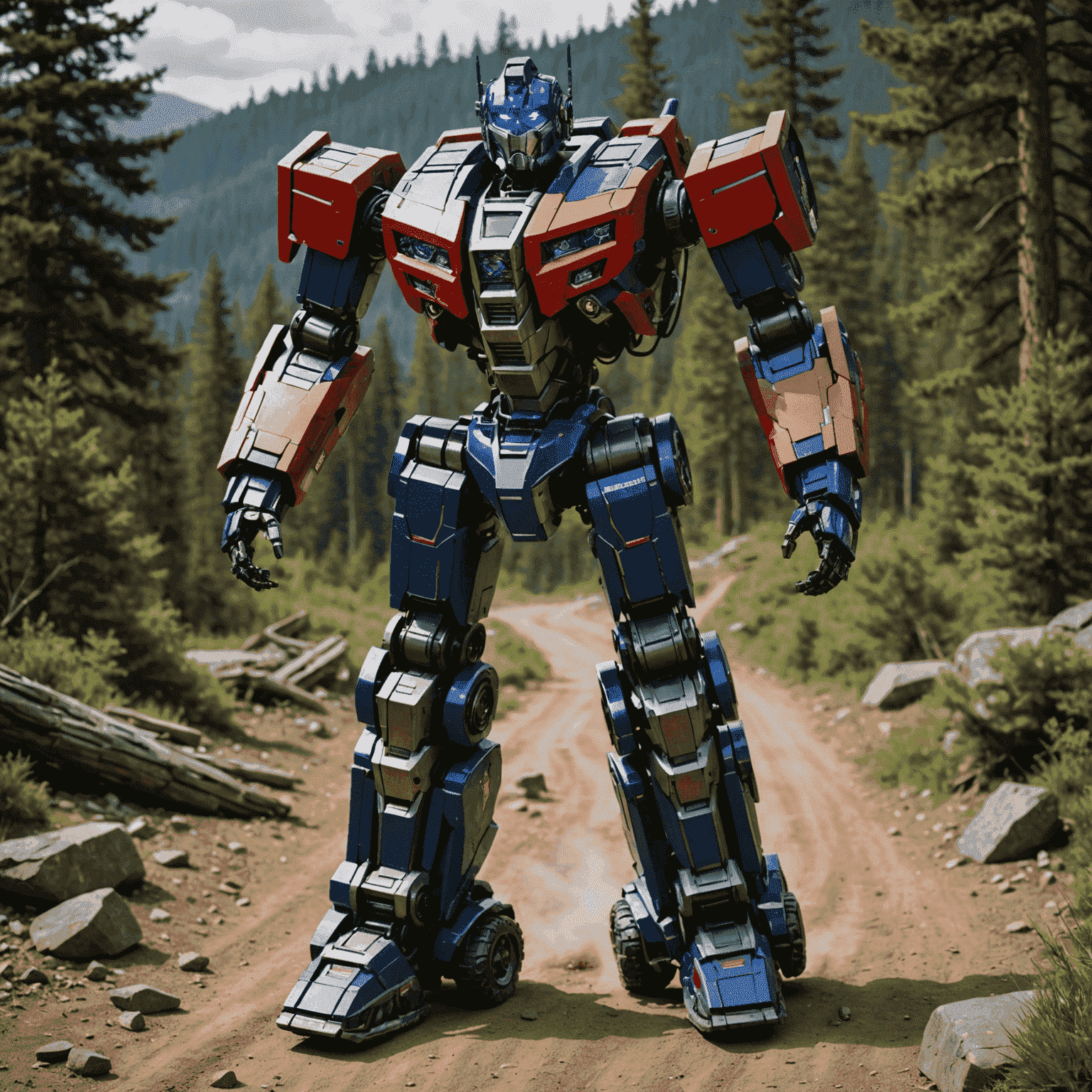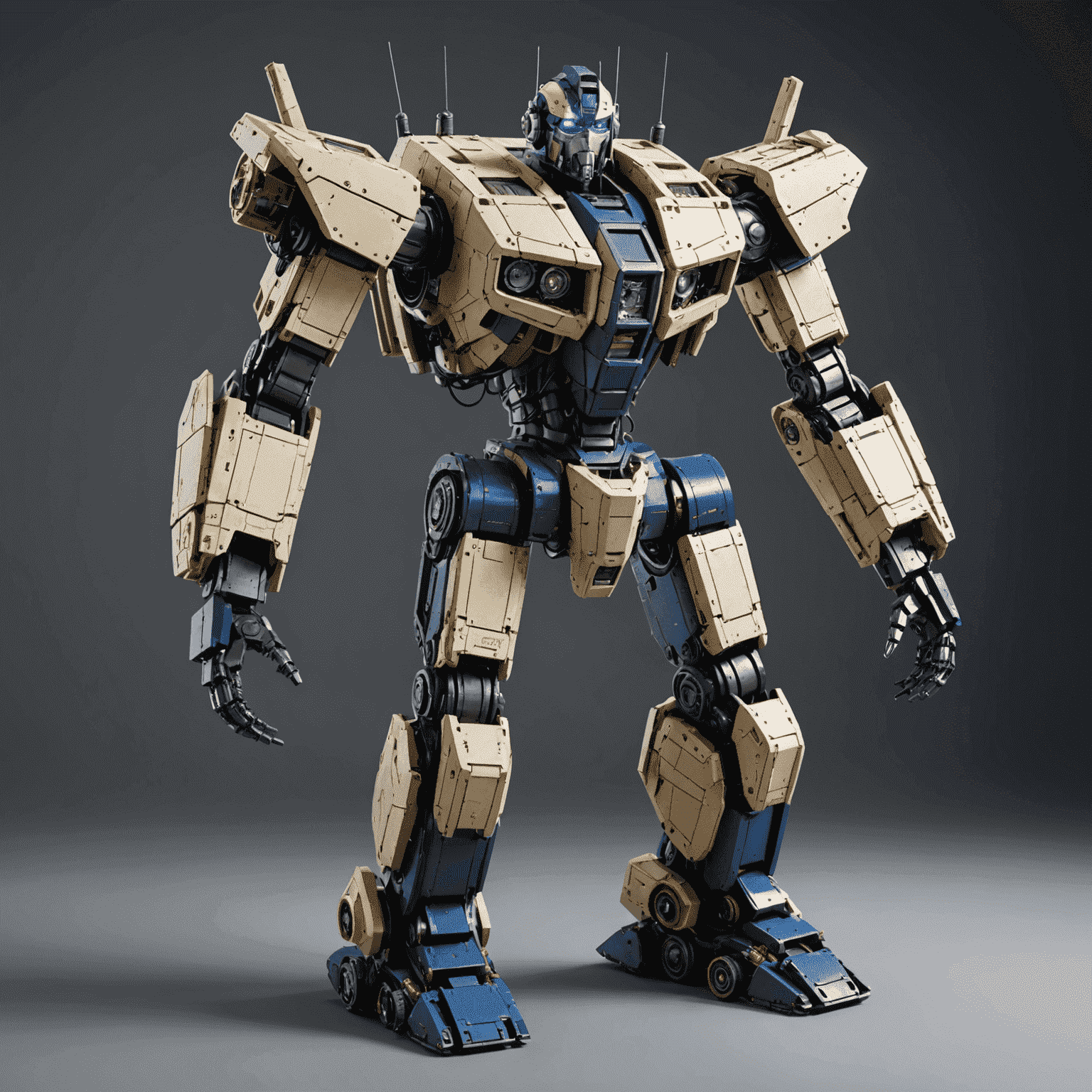The Future of Optimus Gen

As we look towards the horizon of AI robotics, the Optimus Gen line stands at the forefront of innovation. This article explores the exciting development plans and potential new features that future models might bring to the table.
Enhanced Cognitive Abilities
The next generation of Optimus Gen robots is expected to feature significantly improved cognitive abilities. Engineers are working tirelessly to expand the neural networks, allowing for more complex decision-making processes and faster learning capabilities. This could potentially lead to robots that can adapt to new situations more quickly and efficiently than ever before.
Advanced Sensory Integration
Future models may incorporate a wider array of sensors, including advanced haptic feedback systems and more sensitive optical sensors. This integration could allow Optimus Gen robots to interact with their environment in more nuanced ways, opening up possibilities for more delicate tasks and improved safety features.
Expanded Mobility Options

Mobility is a key area of focus for the Optimus Gen development team. Future iterations may see improvements in balance, agility, and the ability to navigate complex terrains. There are even whispers of modular design elements that could allow for customizable mobility options based on specific use cases.
Enhanced Human-Robot Interaction
As the line between human and machine continues to blur, future Optimus Gen models are likely to feature more natural and intuitive interaction methods. This could include advanced natural language processing, improved gesture recognition, and even the ability to interpret and respond to human emotions.
Sustainable Design and Energy Efficiency
With a growing focus on sustainability, upcoming Optimus Gen robots may incorporate more eco-friendly materials and energy-efficient systems. This could include improved battery technology, solar charging capabilities, or even the ability to harvest energy from their environment.
Customization and Modularity

Future models might embrace a more modular design, allowing for easier upgrades and customization. This could potentially extend the lifespan of each unit and allow for more specialized applications across various industries.
Conclusion
As we eagerly anticipate the next generation of Optimus Gen robots, it's clear that the future holds incredible potential. From enhanced cognitive abilities to improved sustainability, these advancements promise to push the boundaries of what's possible in AI robotics. Stay tuned for more updates as we continue to innovate and shape the future of human-robot interaction.